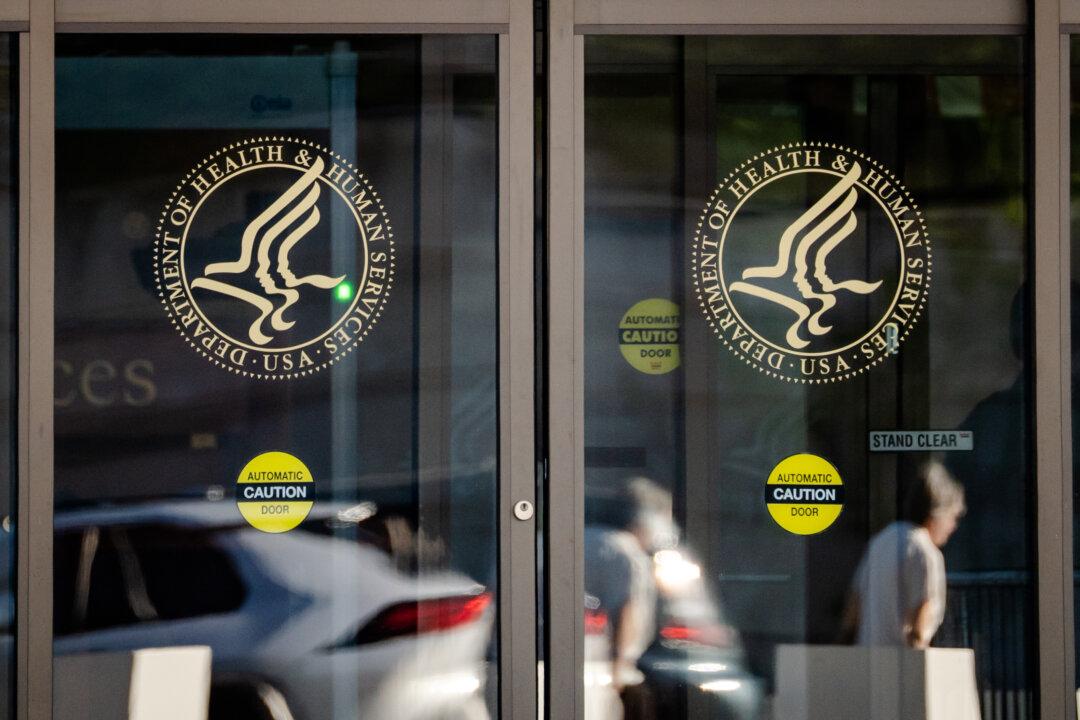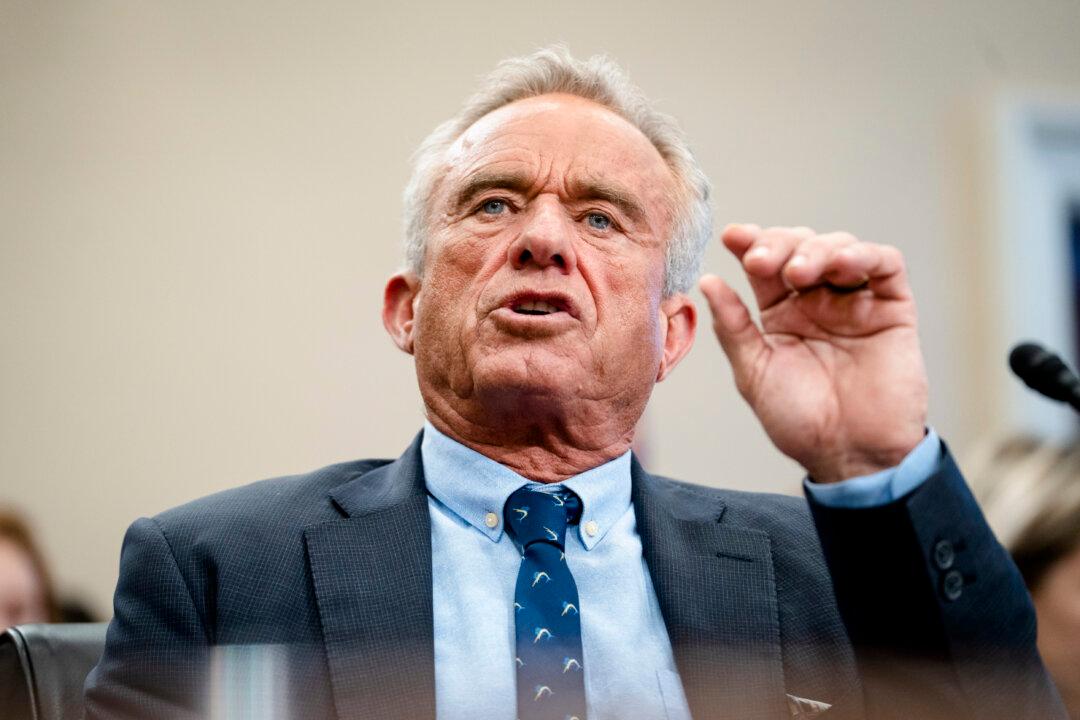The Department of Defense is trying to figure out how to resume normal operations after the COVID-19 pandemic subsides.
“We’re eager to fully resume normal operations and are putting plans in place for that transition,” Jonathan Hoffman, assistant to Secretary of Defense Mark Esper, told reporters in Washington on April 24.





